M&A Valuation Methods: Your Essential Guide with 7 Key Methods
Valutico
MAY 6, 2024
Market-based methods like Comparable Companies Analysis and Precedent Transactions Analysis offer relative measures of value based on market data. Income-based methods such as Discounted Cash Flow analysis focus on future cash flows to determine value. For more insights, do have a look at our article on market multiple based valuation.





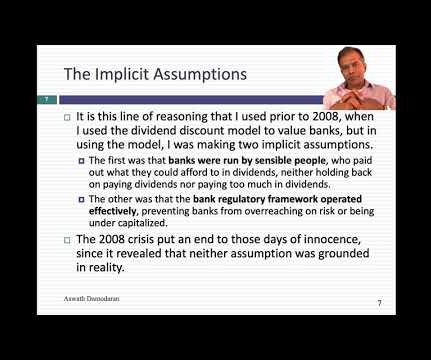





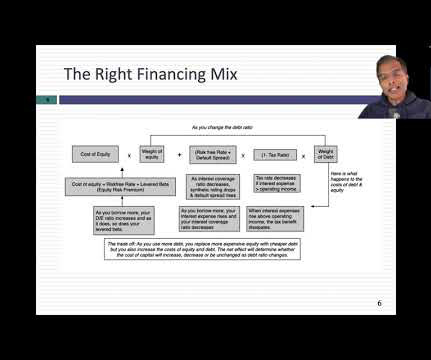
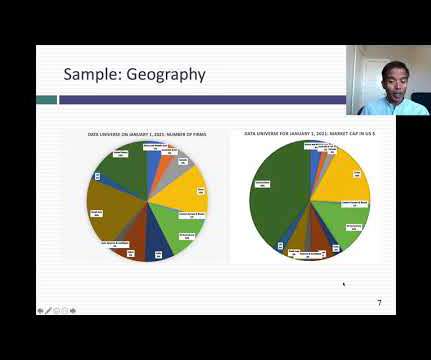
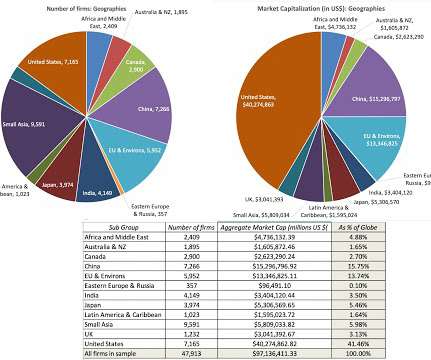
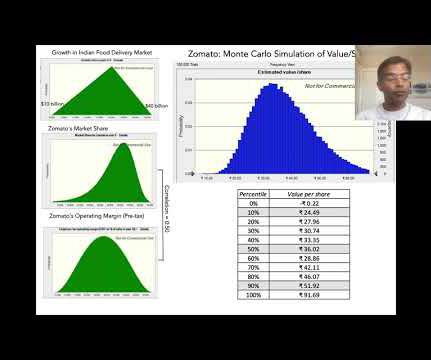
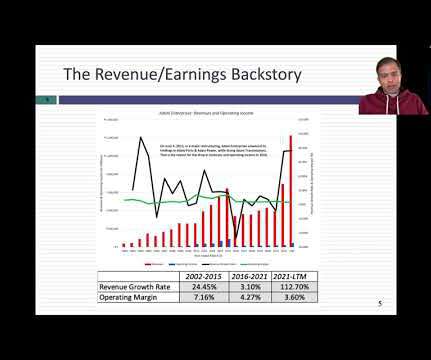






Let's personalize your content